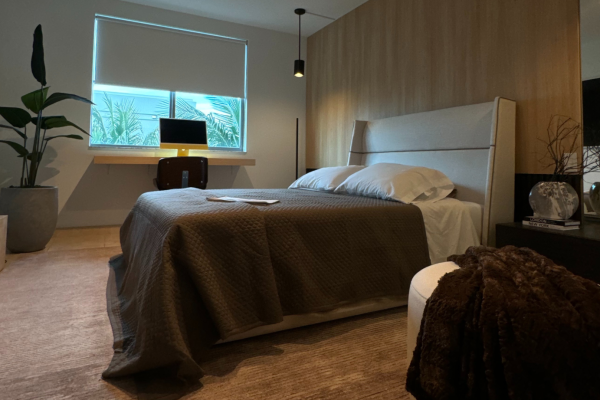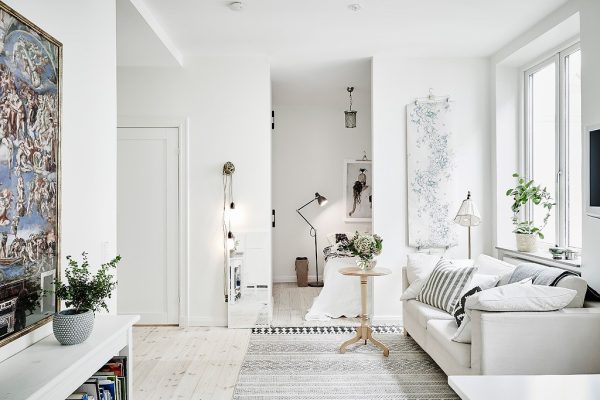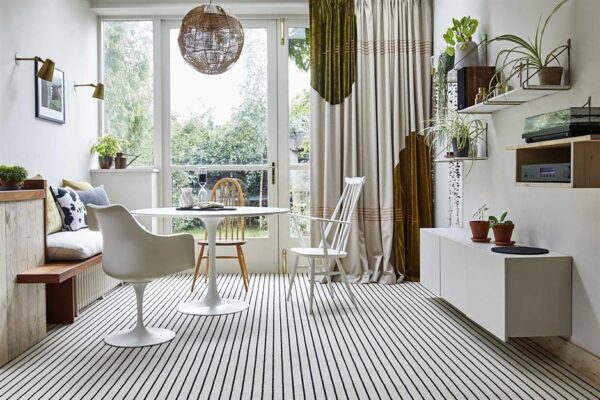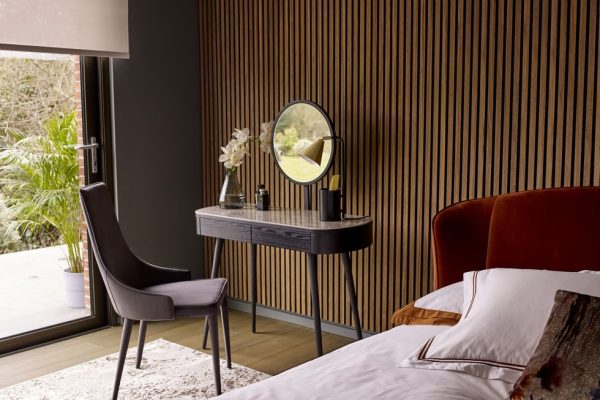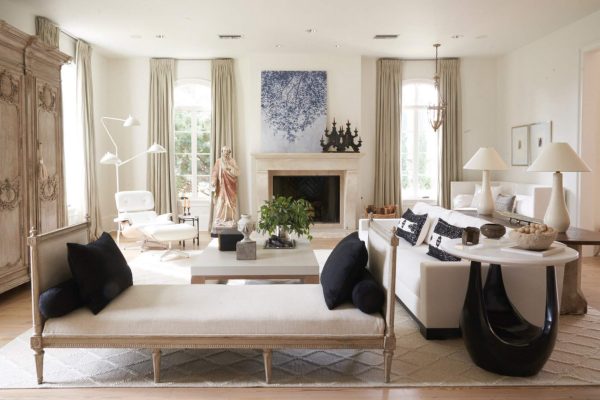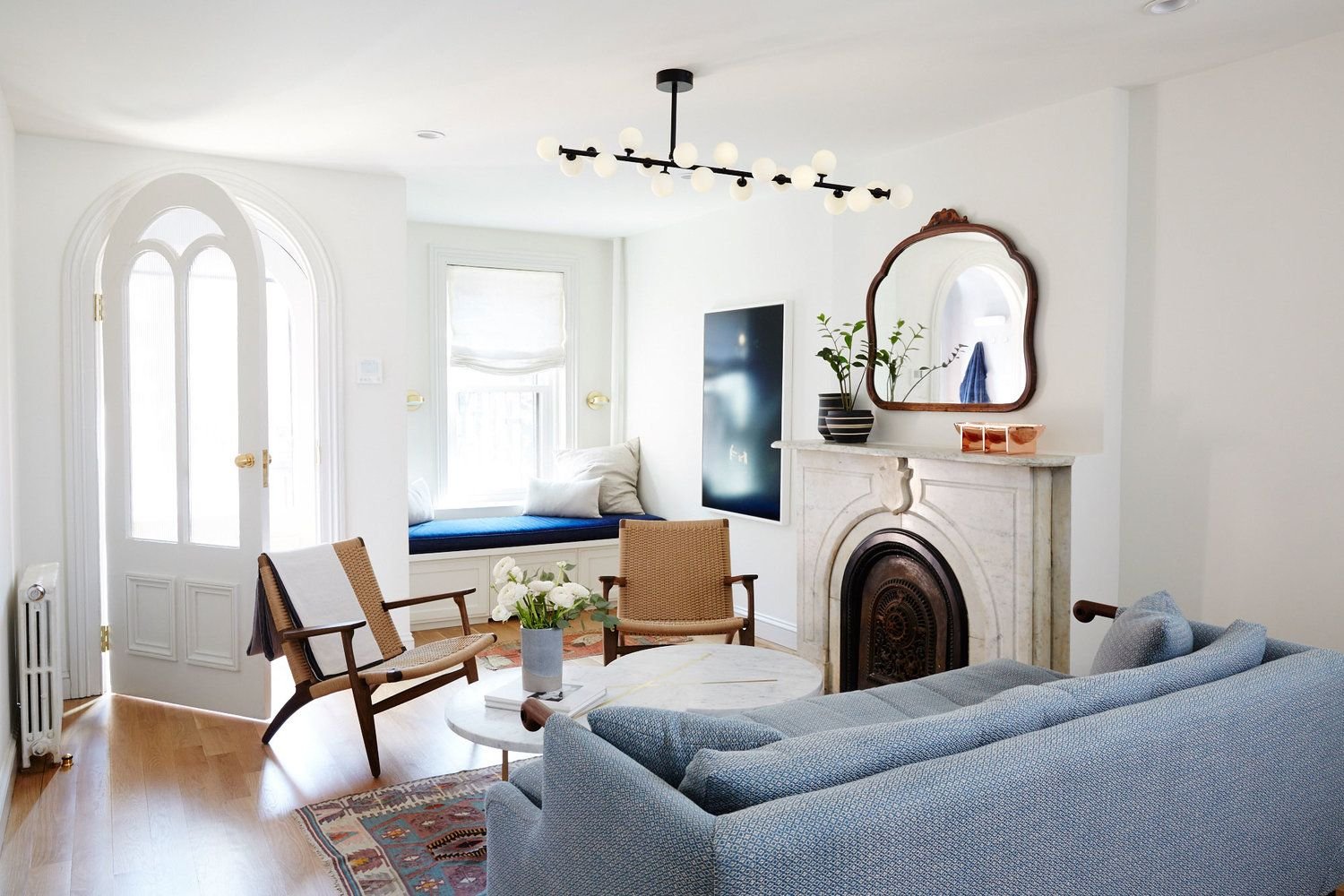
Families come in all shapes and sizes, each with its unique lifestyle and needs. When it comes to interior design, creating a family-friendly space means considering functionality, safety, and aesthetics. In this blog, we’ll explore how to design interiors that accommodate the diverse lifestyles of families while maintaining style and comfort.
1. Open and Versatile Spaces
Family-friendly interiors often benefit from open and versatile spaces. Consider an open-concept layout that connects the kitchen, dining, and living areas. This layout allows for easy supervision of children and encourages family togetherness.
2. Durable Materials
Select materials that can withstand the wear and tear of family life. Stain-resistant fabrics, easy-to-clean surfaces, and durable flooring are essential. Consider materials like leather, microfiber, and laminates.
3. Childproofing
Safety is a top priority in family-friendly interiors. Ensure that the space is childproofed by securing heavy furniture, covering electrical outlets, and using safety gates when needed.
**4. Smart Storage Solutions
Families often have a lot of stuff. Use smart storage solutions to keep clutter at bay. Built-in shelves, hidden storage under benches, and toy storage that doubles as seating can help maintain an organized space.
**5. Furniture Selection
Choose furniture that is both stylish and functional. Look for pieces that offer hidden storage, like ottomans with storage compartments. Modular furniture can be rearranged as needed.
6. Kid-Friendly Design
Consider design elements that cater to children’s needs. A designated play area with child-sized furniture, a chalkboard wall, or a reading nook can make the space more kid-friendly.
7. Flexible Seating
In a family-friendly space, seating should be flexible. Incorporate a mix of seating options, from comfortable sofas for movie nights to barstools at the kitchen island for quick meals.
8. Stain-Resistant Fabrics
Opt for stain-resistant fabrics for upholstery and curtains. These materials make it easier to clean up spills and accidents. Leather and microfiber are good options.
9. Indoor-Outdoor Flow
If possible, create a seamless flow between indoor and outdoor spaces. Sliding glass doors or a well-designed patio can provide extra room for family gatherings.
10. Personalized Touches
Don’t forget to include personalized touches that reflect the family’s personality. Family photos, children’s artwork, and meaningful decor items add warmth and character to the space.
Conclusion
Designing family-friendly interiors requires a balance of functionality, safety, and aesthetics. By creating open and versatile spaces, using durable materials, and incorporating smart storage solutions, you can ensure that the interior accommodates the unique needs of families while still maintaining style and comfort. It’s about making a space that welcomes the chaos, the laughter, and the love that family life brings.
